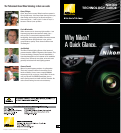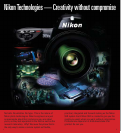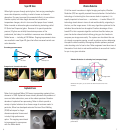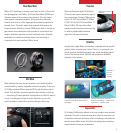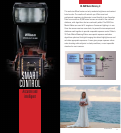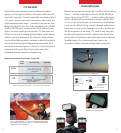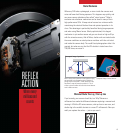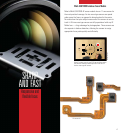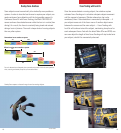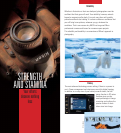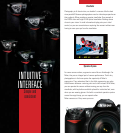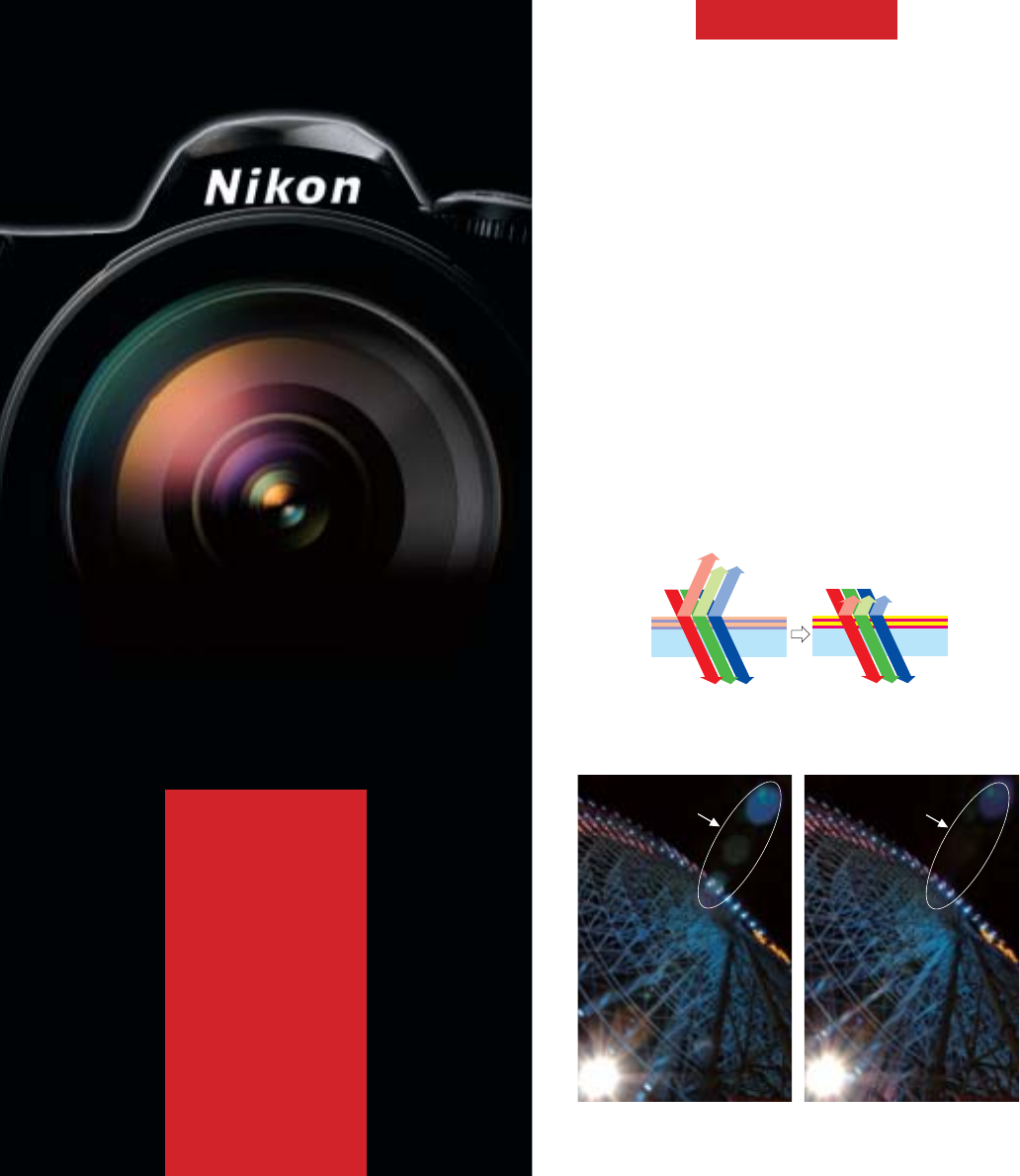
5
Super Integrated Coating and Nano Crystal Coat
The lens is arguably the most important part of any camera. Quality
lenses make quality pictures. But for digital imaging, new standards
needed to be met to manage reflections caused by the imaging
sensor, which can produce image-degrading effects such as flare and
ghost. Nikon understands that lens coating technology is an integral
part of any quality lens and makes an immense difference to the quality
of the final picture. That’s why since the late ‘90s, Super Integrated
Coating has been applied onto all Nikkor lenses. More recently, Nikon
introduced Nano Crystal Coat to further reduce the effects of internal
reflections. This new technology originates in the optics used in the
microscopic manufacture of semiconductors (or processor chips), where
precision is crucial. This outstanding extra-low refractive coating uses
ultra-fine crystallized particles of nano scale (one nanometer =
1/1,000,000 of a millimeter), to minimize ghost and flare, especially in
backlit situations, to give you more clarity under more demanding
conditions than ever before.
The Nikkor
difference
EYES
OF
NIKON
Nano Crystal Coat
Nano Crystal Coat
Conventional multi-layered
coat
Conventional multi-layered coat
Incoming light
Reflected light
Incoming light
Reflected light
Nano Crystal Coat for high light transmission with less reflection
Nano Crystal Coat ensures a sharp, crisp image
© Nikon



